The Satori Harbor Library
Wutopia Lab completed the the Satori Harbor Library with a unique design and symbolization at every turn in Guangzhou, China.
This November, Wutopia Lab completes the Satori Harbor, a culturally symbolic library situated in VIPshop’s new headquarters. In Master Zhuangzi, the word Satori (Zhaoche) describes a state of transcendental being in the practice of Taoism, as the morning light shining across the entire earth.
Yu Ting, the Founder & Chief Architect of Wutopia Lab, sees the library materializing the complex mechanism of the world – an abstract harbor city where the readers can wander through books and experience their moments of enlightenment and deliverance. Satori Harbor symbolizes a moral place for that of practice of life.
One needs to go through a dim tunnel before arriving at the city. Located on the 18th and 19th floor of VIPshop’s headquarters building, it’s not easy to find your way and you might get a bit lost. That’s okay because at the end of the tunnel, it’s a large sound dome from which you can hear the waves. Then you can sense you are at edge of the city, close to the discovering of the harbor and sea.
Within the city are rarebook room, koto room, conference room, salon and selection corridor. Salon is a space that resembles a landscape where kids can play and explore in their own ways. The salon is also the back garden to the city. The 19th floor is a city within the city. The most important place is the gallery, a re-interpretation of the European art saloon. The gallery walls are covered with painting collected across world placed in a non-hierarchical fashion. Within the corridor, there are many intimate corners waiting to be appropriated by individual visitors. At the end of the haowu corridor is a circular window, capturing a miniature corner of the city. Yu Ting seeks to create an obscure experience of space and time through the meandering experience through light and darkness.
At the edge of the city are the harbor, dunes, riverbanks and waving hills. In this design, they are the café, lobby, magazine area and good things theatre. The south facing steps of the theatre fully embraces daylight with clear views towards its surrounding. One can not only look at the performances but also look at the moving rhythm of the city and environment beyond.
The tunnel leads to the entrance of VIP Harbor and you can take a break at the nook before entering. A brave new world awaits beyond the doorway. Upon entering, you see a long boat and an enormous red sail, as if one stands in the harbour at the thirteen hongs looking at the red sail boats and feels the ambitions burning behind them.
The large 13 bays of bookshelves become the city’s wall. One can stand behind and over these shelves overlooking the harbor, seeing the passing of people and boats, and the sun rising up and setting down. During the Age of Discovery, harbor symbolizes wealth and adventure. Yu Ting’s dramatic interpretation of harbor stems from the childhood memories of a film. Thousands of people cheering “the Pharaoh” at the harbor of Marseilles brings tears to him. Whenever he has moments of doubts about faith, he always remembers those cheers.
The entire harbor is covered with rolling arches. Under these arches, sky, water and city all blends into one abstract tone. As a good thing that collects all good things, the library is a fraction of surrealism in the entire building.
Architect: Wutopia Lab
Photography: CreatAR Images


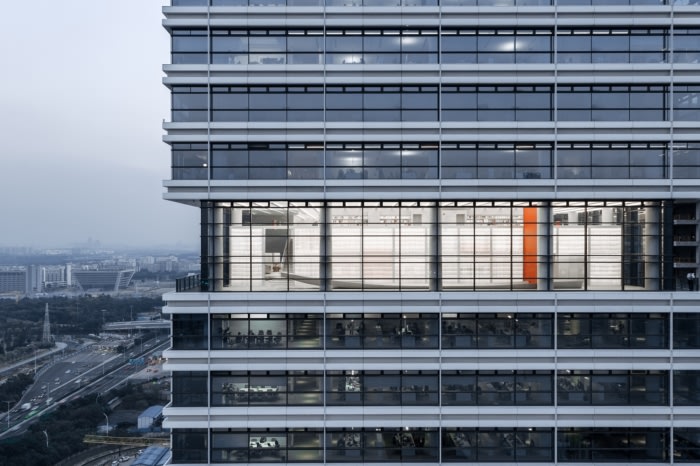
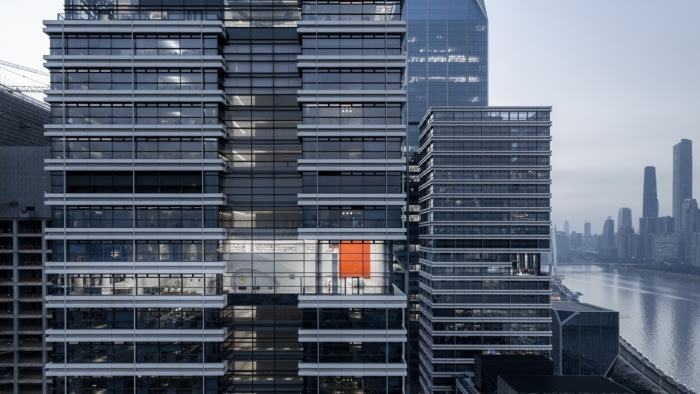
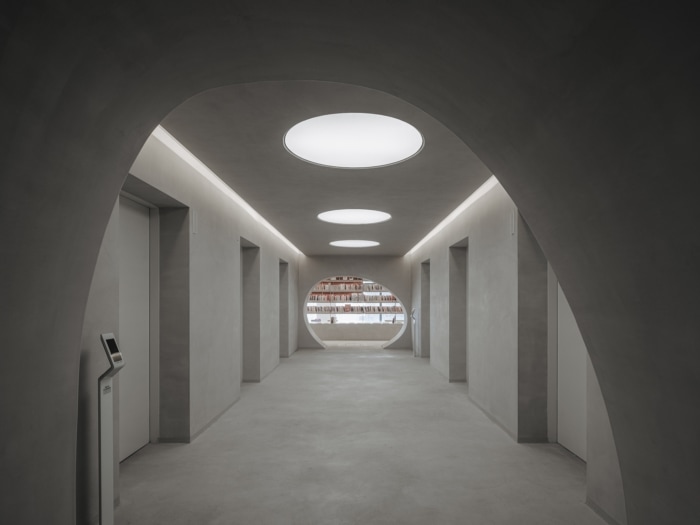
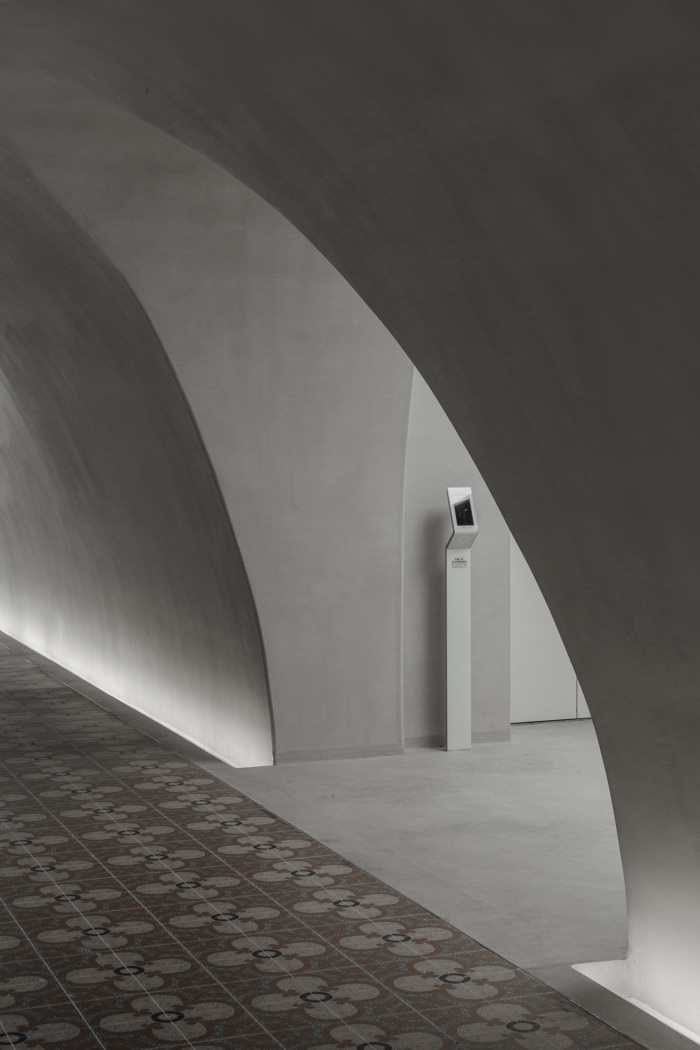

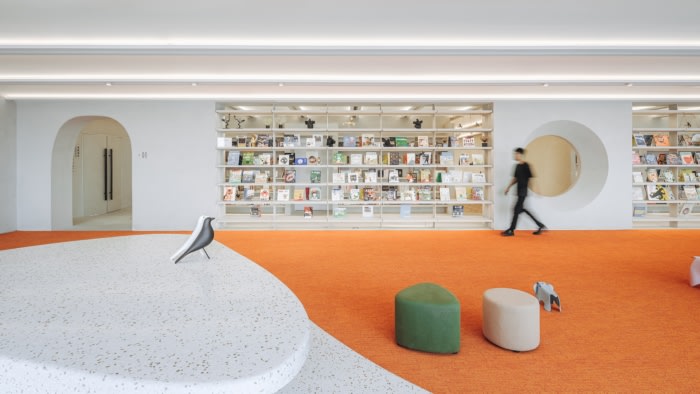
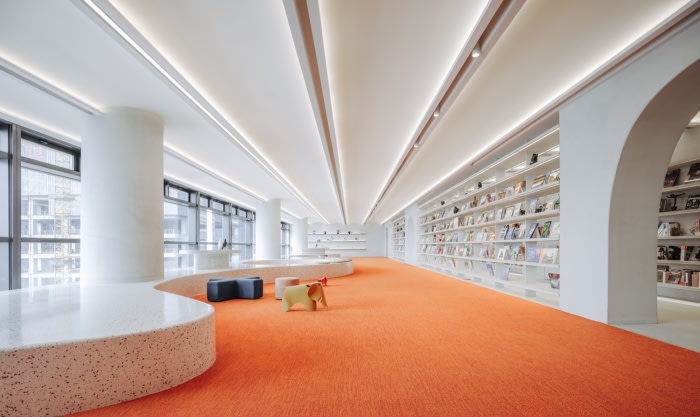
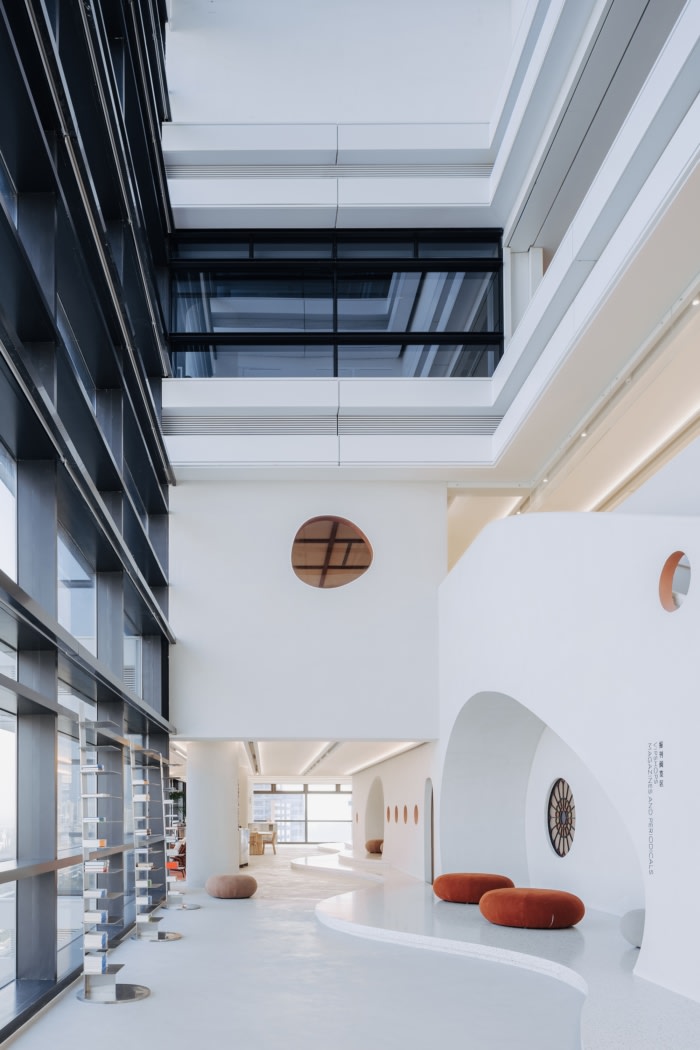
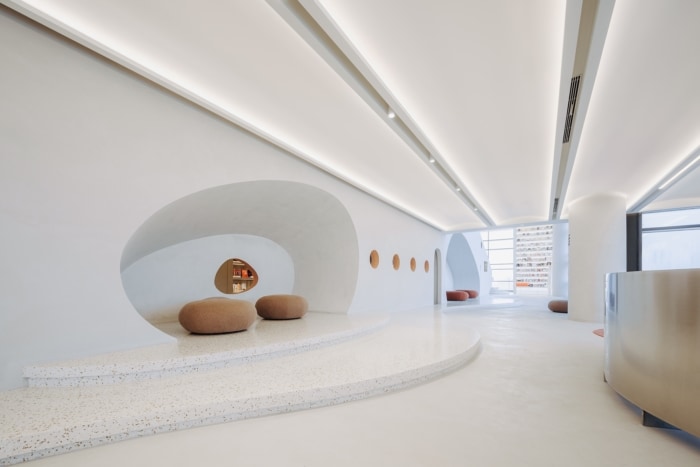
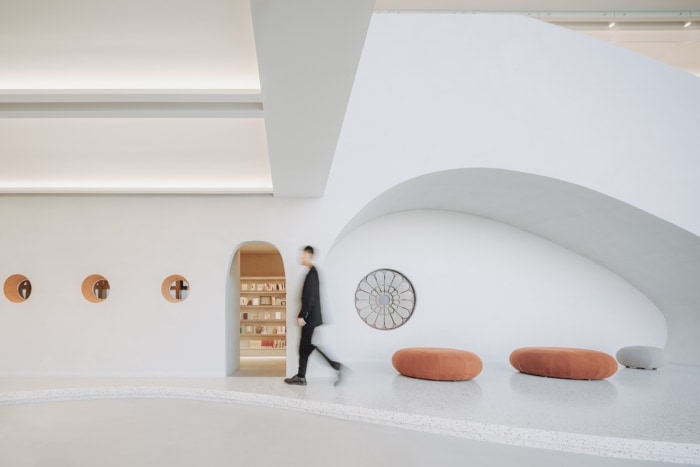
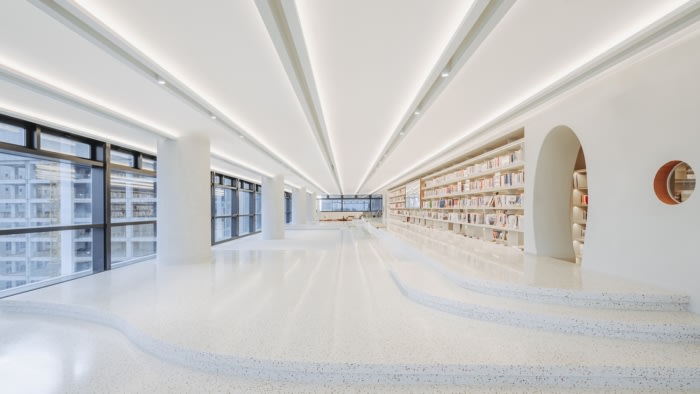
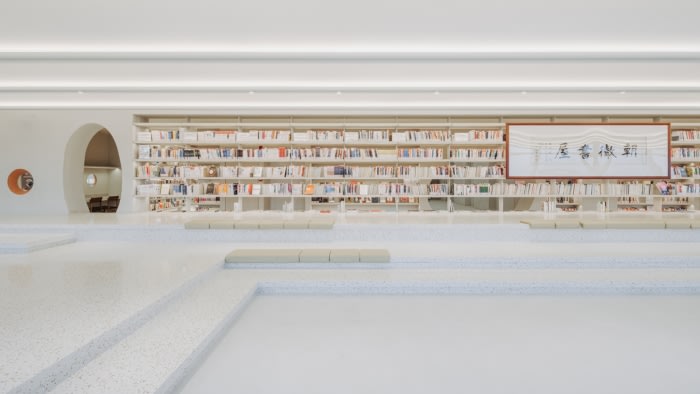
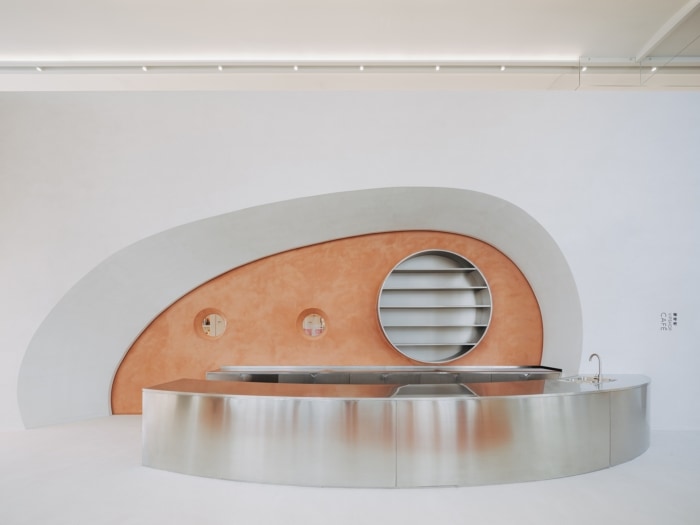
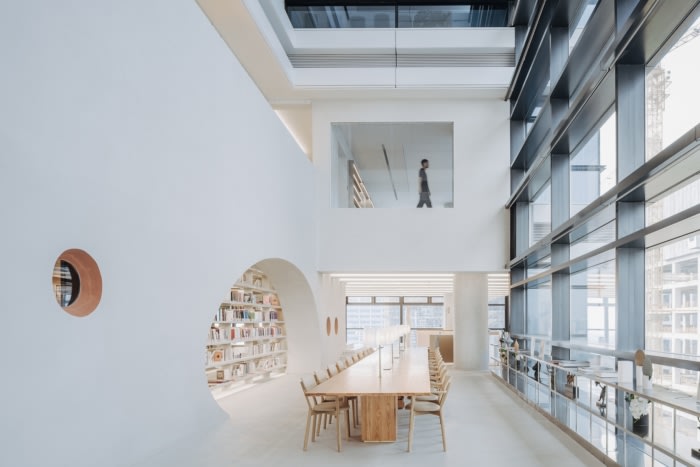

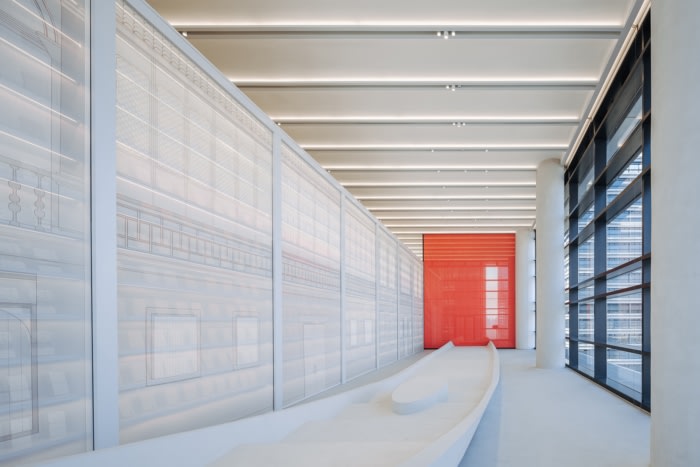
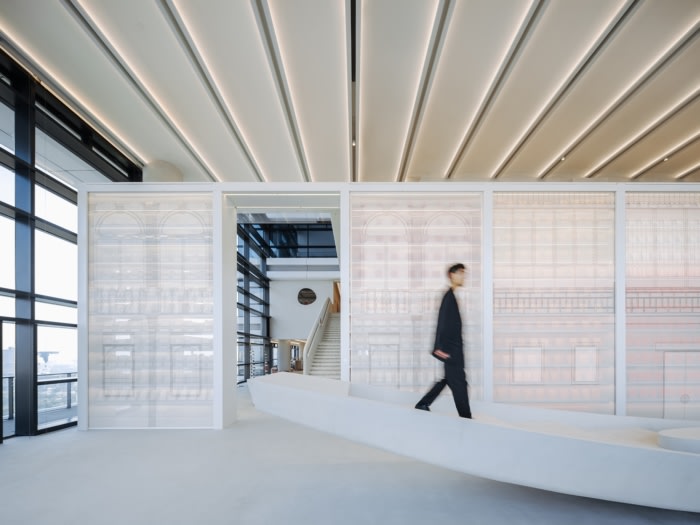
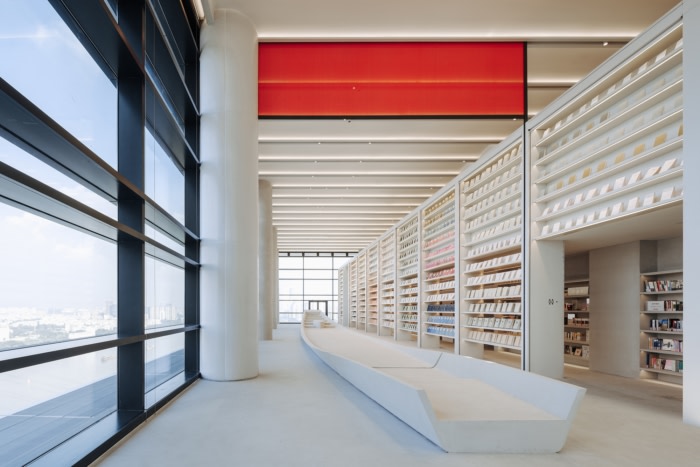
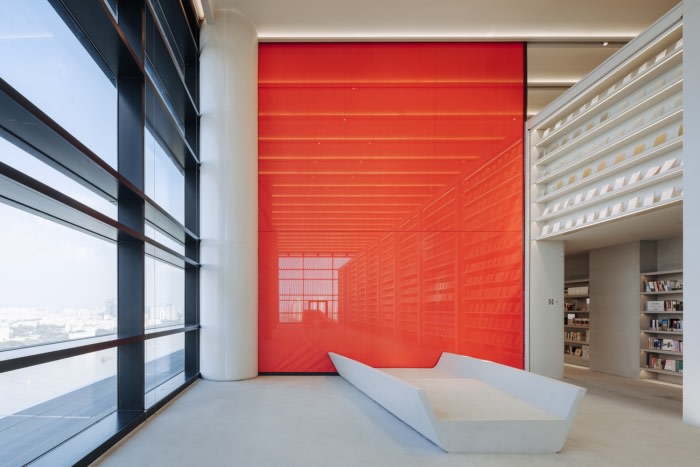
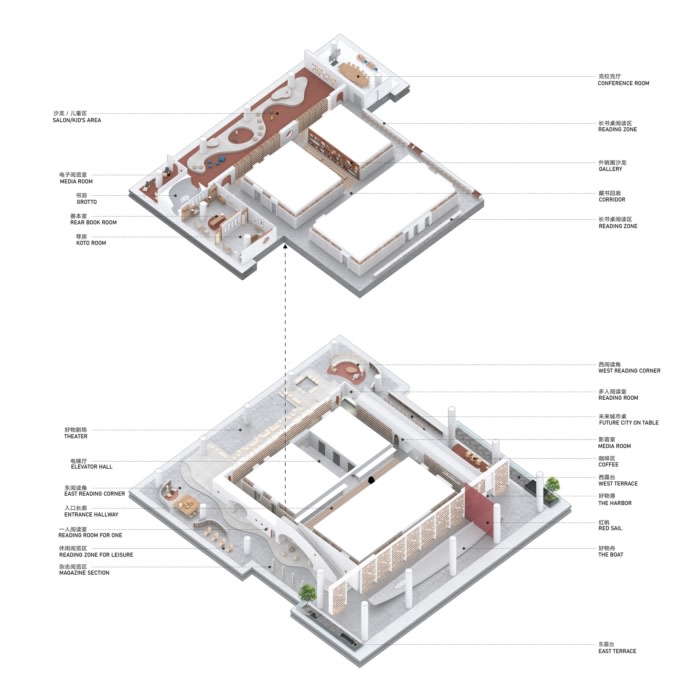
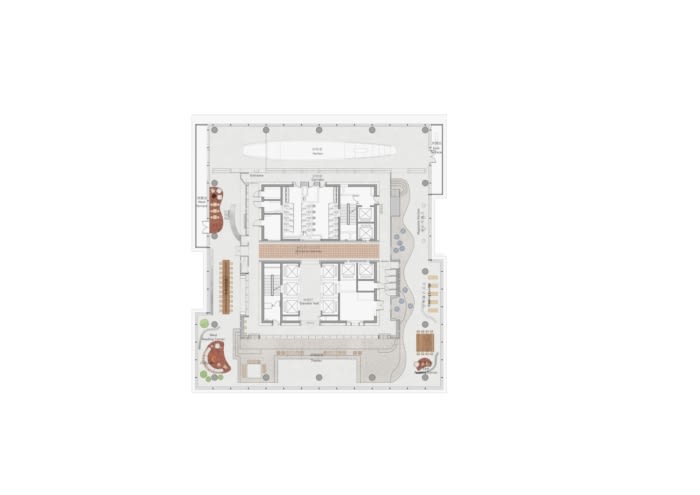
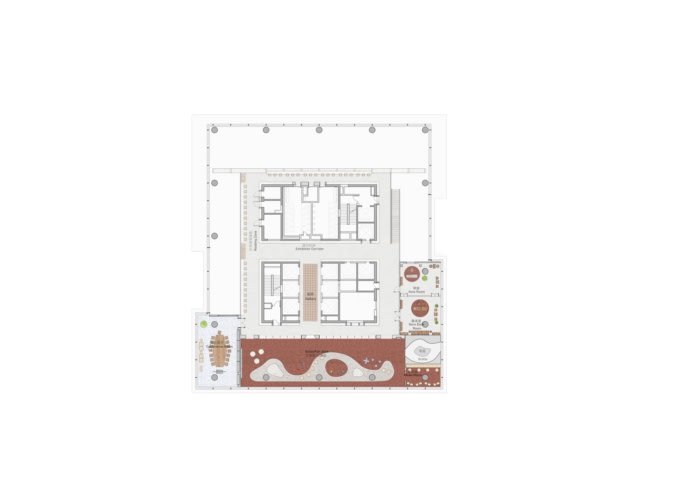





Now editing content for LinkedIn.